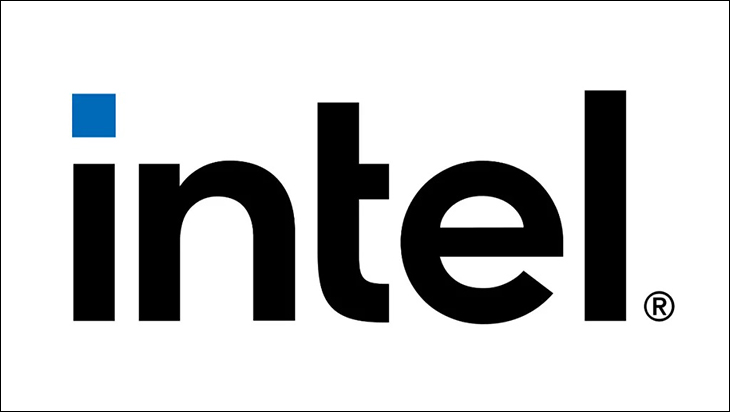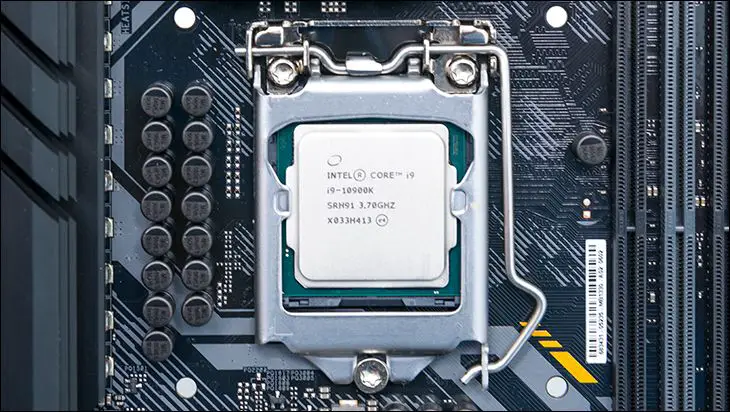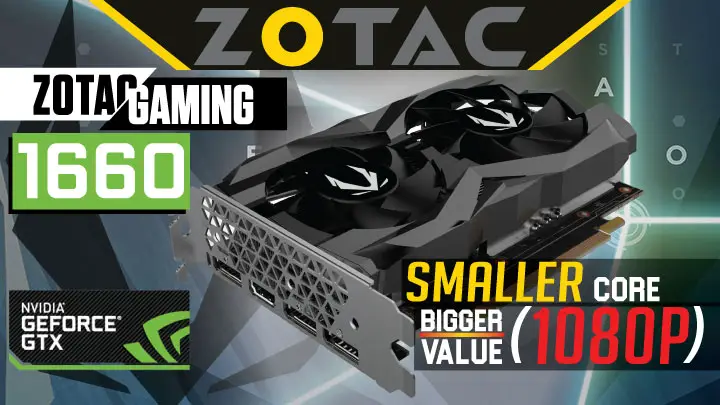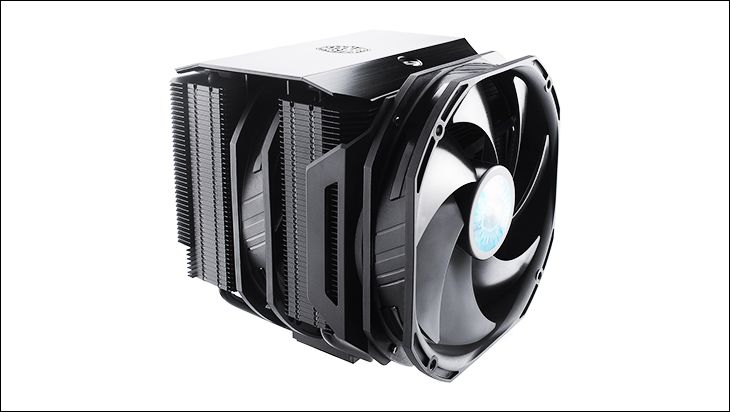We honestly loathe the ongoing trend in the review industry of what can be politely labeled as ‘polarity’. Much like mainstream news reporting has become a for profit industry, so too has the reviewer industry. Thanks to Google and YouTube algorithms, controversy sells. Making outrageous claims is controversial, and controversy means more page clicks, which means higher ranking in searches… which means more money. This feedback loop has led to a rift in consumers. Where once it was ‘us’ the consumers vs. ‘them’ the manufactures, now it is the buyers falling into two camps. “Team Red” with AMD buyers rooting for their ‘team’ and putting down Intel buyers, and “Team Blue” doing the opposite. With us few agnostics left in the middle calling for a pox on both their houses.
This is a terrible thing for the industry. No one should be making it a team sport. Both CPU manufacturers bring their own blend of strengths and weaknesses to the table. Neither are perfect. Neither are right for everyone and every scenario… no matter what YouTube influencers, fanbois and in it for the money reviewers tell you.

Instead, there are many reasons to go Intel over AMD. Just as there are many reasons to go AMD over Intel. AMD has a lead on core count and leads the way on tech innovation. Intel has maturity, and sheer speed on their side. So, who and why should ‘anyone’ still seriously consider Intel… the underdog? The TL;DR is those interested in low thread count application performance, overclocking enthusiasts, and those that favor stability and/or consistency over everything else. Let’s tackle those three key areas in reverse order to define who should and should not consider themselves part of those groups. First though. We are solely talking about consumer division CPUs. Not server. Not even HEDT. Just consumer CPUs.
When we say consistency and stability, we are talking about two different things… but both have the same historic reason for why it is what it is. Even though AMD has made great strides, Intel is still the more optimal choice if you prioritize even just one of them over everything else. For basically ever, or at least since the second gen of dual core CPUs, Intel has been the reigning king and a lot of software has been developed around their CPU’s ‘quirks’. The same is true of hardware, as up until Ryzen AMD were second class citizens in the eyes of many, arguably most, motherboard manufactures.
Based on personal experience, if you are building anything from an entry level NAS appliance to mid-grade NAS server AMD requires more troubleshooting and willingness to put up with more pain. Intel is just the ‘serious’ choice with AMD options more limited (for example fan favorite SuperMicro does not even make AMD Ryzen motherboards). The same is true of KODI on windows (as no one should just build a HTPC just for movies and not think about gaming as well). KODI occasionally just plump acts weird on AMD rigs. Kodi is not the only one. FreeNAS also runs… oddly on AMD Ryzen rigs. These ‘hombrew’ software solutions just simply like Intel more… as more of their code developers use(d) Intel and thus spent more time fixing Intel issues vs. AMD.
This is not to say many an AMD based system has been fully stable. This is not to say things are not changing. We know of plenty of EPYC based file servers, many of which we built, that are rock solid. EPYC is actually our first choice for uber performance servers. ThreadRipper rocks for workstations and cross-over builds for enthusiasts, prosumers, and SMB. Also, we know Synology and the like are opting for Ryzen (mobile) over Intel Atom for their NAS appliance CPU of choice in the near future. Once again this is just about consumer orientated CPUs. History is still on the side of Intel, and unless we are talking a few years from now, and you have a crystal ball, Intel based consumer grade rigs are typically more stable once you go outside the mainstream ‘typical’ uses. Why should you care about either? When you upgrade your shiny new rig in a few years your ‘old’ system can indeed make for a wonderful HTPC or NAS foundation. An area, right now, AMD is at a disadvantage… especially if that area does not need more graphic horsepower than what any iGPU has to offer.
A lot of this has to do with the fact that AMD’s “Zen1/2/3” designs show their server roots… in numerous ways. This leads us to the second area Intel still has the advantage. Some people like to call Ryzen processors ‘baby ThreadRipper’ we even jokingly, but respectfully, refer to them as ‘mini-me Threadrippers’. It is actually more accurate to say Ryzen is “micro-EPYC”. This top-down architecture design choice comes with many good and bad features. Core count is in the ‘good’ end of the spectrum. Optimal energy requirements per core is in the ‘bad’ end. The largest Ryzen comes with a TDP of 105watts. The smallest ThreadRipper 3000-series has a TDP of 280. The Intel 10-series’ 8 and 10 cores have a TDP of 125 watts. 8-10 cores (Intel) with 125w vs. 16 cores (Ryzen) with 105w vs. 24 cores (Threadripper) with 280w.
Sprinkle in on all the pixy dust you want (and AMD has cut down / ‘refined’ a lot for their Ryzen CPU models) but the fact remains Ryzen is limited more than the other two in its power consumption. This is why Intel’s are still just plain more fun to overclock. Hitting 5.3 on all cores is click of a button in the BIOS easy. Hitting higher than that on a single core? No major problems beyond the typical cooling requirements. Hitting all-core clock of 4.5Ghz on Ryzen? Not as easy, not for the faint of heart running typical consumer grade cooling solutions. AMD’s latest Zen3 “Vermeer” will help alleviate some of this via a more refined core architecture, but it still will have a lower TDP and still probably will not routinely (i.e. outside golden CPUs) crack the 5Ghz barrier on all cores. Most likely. Time will tell. Right now, AMD is at a disadvantage.
This brings us to single and low core performance. Both camps love to argue single core boost stats. Both camps also love to argue the importance of Instructions Per Cycle (IPC). Both are only one part of the overall equation. It is IPC plus CPU core frequency working in conjunction with many other factors (such as RAM frequency) that matters. Not one being the ‘Alpha and Omega’.
To keep from muddying the waters too much (e.g. Intel does run faster RAM more optimally, but AMD can run even higher RAM frequencies) let’s exclude RAM and other modifiers from the equation. Right now, Intel has both a multi-core boost that is higher with a 10%(ish) IPC advantage over Ryzen 3000-series. To gain parity Zen3 “Vermeer” will need a 20 percent(ish) real-world IPC improvement or a have an all-core boost higher than 4.5Ghz with less than 20% IPC. It is doable. It is possible. It is an unknown. Intel’s “Willow Cove” based Rocket Lake processors (aka 11th gen) are reportedly landing next year (aka “Any Day Now!”…TM). Thus, the future will bring what it always brings: more options and even more horsepower.

Counteracting these points, and in AMD’s favor, are a few things. Namely technology innovation, high(er) core counts, and higher RAM frequencies. Right now, if you want PCIe 4.0 performance – be it for NVMe storage or GPU goodness – AMD is the only game in town… as Intel is still using a PCIe 3.0 backbone. Thus PC gaming enthusiasts are in a precarious position. On the one hand Intel still as a (shrinking) edge in IPC and shear speed. Since games are rarely optimized for taking advantage of 8 cores, let alone 16, that combination is a major point in Intel’s favor. On the other AMD’s PCIe 4.0 interface does not limit the latest gen PCIe 4.0 video cards. Flip a coin on which matters most… as it will be on a game-by-game basis. Either way AMD has gained significant ground in what was once an Intel stronghold.
For enthusiasts who can and do routinely use highly optimized programs that can take full advantage of AMD’s extra cores… “quantity has a quality all its own”. Slower frequencies or not, 6 extra cores with 12 extra threads is a lot of extra horsepower. This new breed of consumer grade CPUs really are workstation CPUs just without the typical workstation asking price.
Lastly, AMD’s integrated memory controller is capable of higher frequencies than Intel’s. An easily upgradeable chiplet is simply easier to refresh than a monolithic design. That is what AMD has done and that is why DDR4-5000 and higher record holders use AMD and not Intel… another Intel stronghold that has fallen.
In the end, no matter what you want your system to do, or what you consider to be most important, please break with the latest trend. Seriously consider both Intel and AMD. Pick what works best for your needs. Do your own research. Do not just believe what ‘influencers’ tell you is ‘best’. Don’t even believe us. Instead do what we all used to do before it became a team sport, a team sport as toxic as politics, and consider all your options before opting for one over the other. Doing otherwise will land us, the consumer, right back where we just dug ourselves out of: a monopoly with ‘yearly’ improvements that are microscopic… but with ever increasing asking prices.











